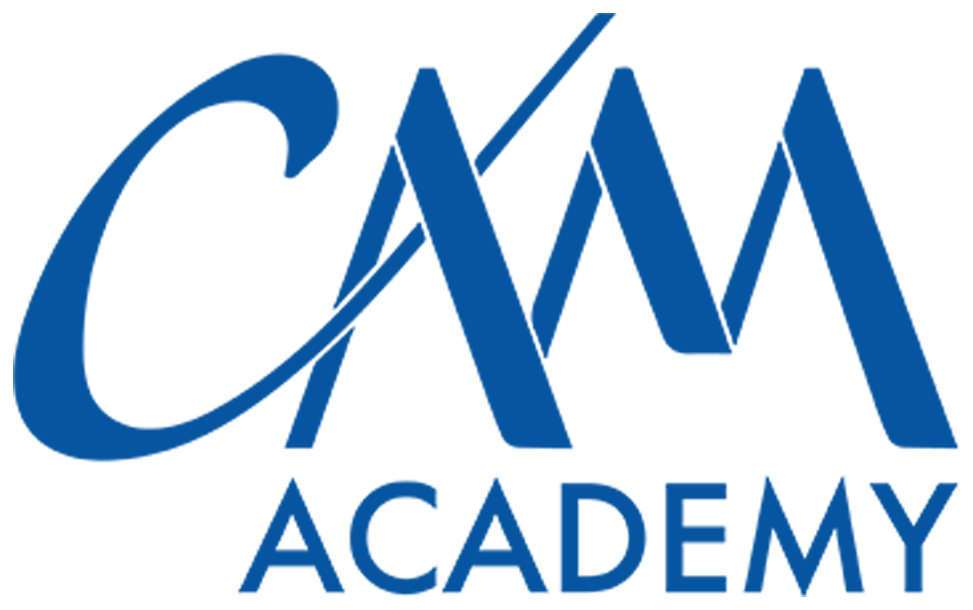Primary School Profile Grades 3 – 4
The Primary School Program focuses on building strong literacy skills in reading, written and oral communication, language arts, and math. In a safe and caring learning environment students are prepared for success in their middle and high school journeys. Students apply these literacy skills to learning about social studies and science.
The CAM Academy Primary School Program consists of two third-grade classrooms and two fourth-grade classrooms.
Class sizes vary between 24 – 26 students per teacher.
Students see both grade-level classroom teachers for academic instruction.
Classes meet on Monday, Tuesday, Thursday, and Friday for reading, language arts, math, social studies, and science.
Wednesday is called an “off-site learning day” and is used to support the home component of the program.
In addition to classroom instruction, students will have assignments associated with the classroom instruction and the independent learning contracts for health/fitness and visual/performing arts that they work on each week at home. This home component requires consistent parent participation and support.
Characteristics of a CAM Academy Primary School Student
Enjoys going to school
Enjoys being engaged in learning
Works well with peers and adults
Is able to listen and follow directions
Is willing to make an effort in learning new things
Has an “I will try” approach
Is teachable in both academics and character development
Parent Commitments
Provide reliable and on-time transportation to and from CAM Academy
Assure your student has a consistent daily attendance
Volunteer your time in the classroom or in supporting activities of the school
Attend teacher conferences (as needed) and quarterly parent group meetings
Partner with the teacher to support and implement your student’s written student learning plan
Assure your student comes to school prepared for each day with needed materials organized, assignments completed, and a lunch plan.
Stay informed on school issues by reading daily, weekly, and monthly communications
Provide a home environment that extends and connects classroom learning
